The world’s oceans, long viewed as boundless and resilient, are now at a tipping point. Climate change, pollution, overfishing, and habitat destruction have converged to pose unprecedented threats to marine biodiversity. However, the latest developments at the UN Ocean Conference marine life summit, held in Nice, France, have renewed global optimism.
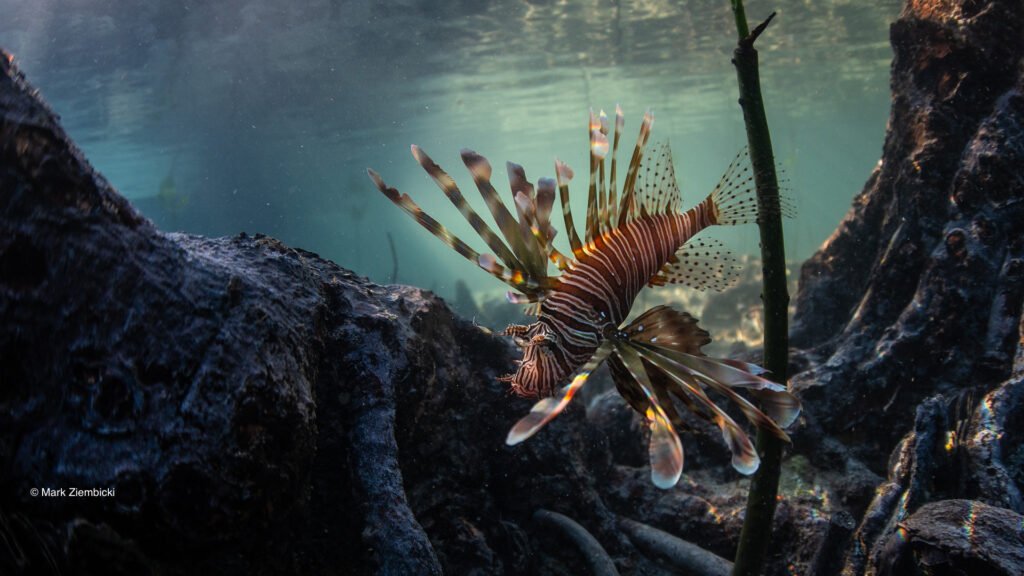
With nearly 200 countries in attendance, the conference aimed to revitalize international cooperation and accountability regarding the protection and restoration of ocean ecosystems. While many previous global negotiations have struggled to make tangible progress, this summit marked a clear turning point—particularly in the context of the High Seas Treaty and actions against illegal fishing and plastic pollution.
UN Ocean Conference: Why Marine Life Needs Urgent Protection
Oceans cover over 70% of the Earth’s surface and support a vast range of biodiversity, economies, and climate regulation systems. Despite their importance, marine ecosystems are under siege. According to leading scientists and oceanographers, biodiversity in the oceans is declining at an alarming rate due to multiple overlapping stressors:
- Plastic pollution choking marine fauna
- Destructive fishing techniques such as bottom trawling
- Deep-sea mining threatening unexplored habitats
- Climate-induced heatwaves destroying coral reefs and disrupting food chains
This context formed the backdrop for the UN Ocean Conference marine life discussions, with global leaders recognizing the pressing need for coordinated, science-based solutions.
UN Ocean Conference Boosts High Seas Treaty Momentum
One of the most anticipated outcomes of the conference was progress on the High Seas Treaty, an agreement initially signed in 2023 to designate 30% of the world’s oceans as Marine Protected Areas (MPAs) by 2030. Unlike coastal waters, the high seas—areas beyond national jurisdictions—are notoriously hard to regulate. Without legal frameworks, these regions have long been exploited by commercial interests, including unregulated fishing and potential seabed mining.
Before the conference began, only 27 countries had ratified the treaty—less than half of the 60 required for it to enter into force. By the end of the conference, 50 countries had ratified the treaty, with several more pledging to complete ratification before year’s end. This was hailed as a breakthrough in international environmental law.
Why Speed Matters in Marine Life Protection Efforts
Environmental organizations noted that it normally takes 5 to 7 years for such treaties to be ratified. The rapid pace of support for the High Seas Treaty is thus unprecedented and indicates strong political will.
“The global momentum behind marine protection is real and growing. This treaty’s near-completion gives marine life a fighting chance,” said a leading marine policy expert.
UN Ocean Conference Targets Illegal and Unregulated Fishing
Illegal, unreported, and unregulated (IUU) fishing continues to undermine conservation efforts and cause billions in economic losses. One of the crucial advancements made during the UN Ocean Conference marine life discussions was the ratification of the Port State Measures Agreement (PSMA) by new countries, including China.
China operates the world’s largest distant-water fishing fleet, and its participation in PSMA is considered a monumental step. The agreement strengthens port inspections and deters IUU vessels from offloading illegal catches.
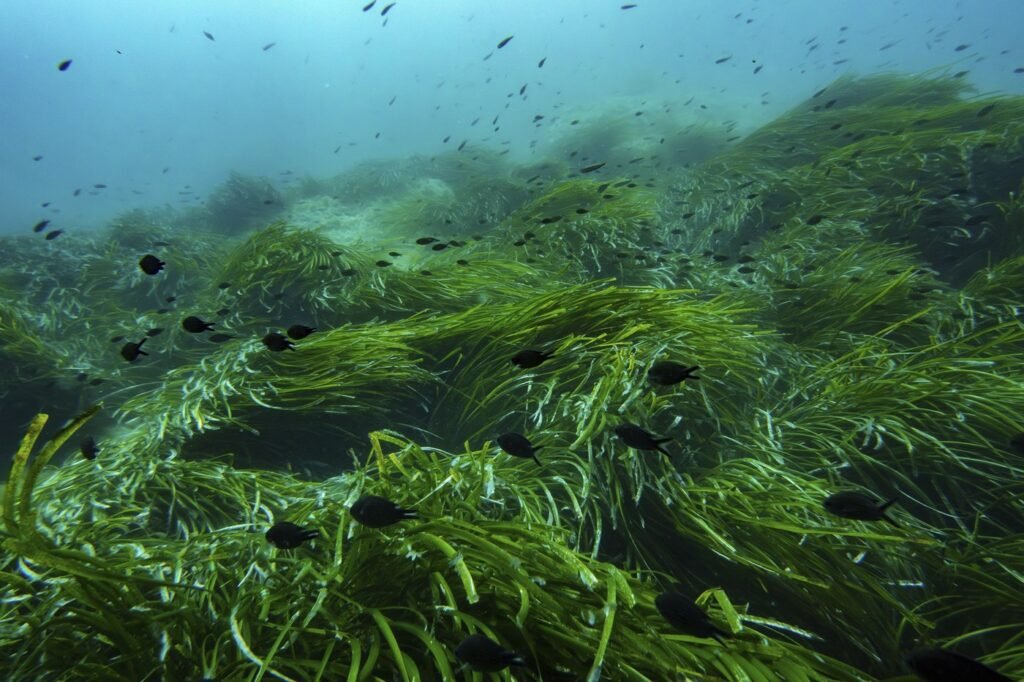
The UK also pledged to ban bottom trawling in a third of English marine protected areas—an action long advocated by environmental NGOs. Such moves signal increasing willingness to convert policy into enforcement.
UN Ocean Conference: French Polynesia Launches World’s Largest Marine Protected Area
While global treaties provide structure, individual nations also stepped up with bold domestic commitments. French Polynesia, for instance, announced the creation of the largest marine protected area in history, covering 900,000 square kilometers. Notably, extractive activities such as commercial fishing and deep-sea mining will be entirely prohibited within this zone.
This initiative alone quadruples the area of the United Kingdom and sets a high bar for ocean protection. Environmentalists hailed it as a model of indigenous leadership and marine stewardship.
UN Ocean Conference Highlights Plastic Pollution Crisis
Plastic pollution remains a severe threat to the health of marine ecosystems. The UN Ocean Conference marine life agenda included urgent calls to address plastic production, not just waste. Experts estimate that nearly 200 trillion plastic particles now float in our oceans. Without bold action, this number is expected to triple by 2040.
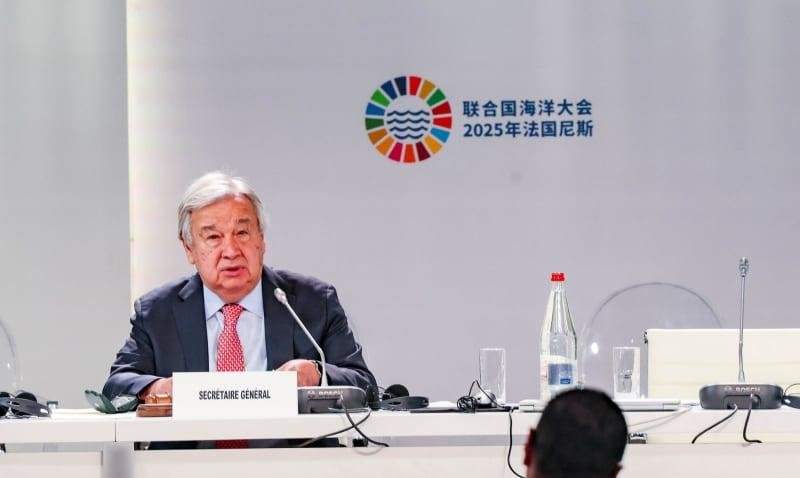
Plastic debris entangles marine animals, is ingested by fish, and breaks down into microplastics that infiltrate the food web—including humans. Beyond physical damage, the chemicals in plastics pose toxic risks.
Alarming Chemical Impact
According to ecotoxicologists, over 16,000 chemicals are used in plastic manufacturing, and more than 4,000 have been proven to cause reproductive, genetic, or cancerous damage in marine organisms.
“It’s not just litter; it’s toxic waste. Plastic is a slow-motion disaster for marine life,” said a marine biochemist attending the conference.
Although progress was made through political declarations—signed by 97 countries including the UK—to pursue a global treaty on plastic pollution, only one major oil-producing nation, Canada, endorsed it. This highlights the geopolitical challenge: reducing plastic production directly impacts fossil fuel revenue, which many countries are reluctant to jeopardize.
Marine Life Protection at Risk from Ocean Heatwaves and Climate Change
The conference emphasized that climate change is not a separate issue from marine conservation—it is central to it. Oceans absorb over 90% of the excess heat from human-generated emissions, leading to marine heatwaves that bleach coral reefs, alter fish migration patterns, and threaten food security.
While no new commitments on emission reductions were made at the conference, developing nations pushed for the acceleration of climate financing promised by richer countries. Tuvalu’s Prime Minister voiced the frustration of many island nations:
“We may not have the power to change global policy, but we must keep telling our stories. Meetings like this give us a platform.”
Deep-Sea Mining: The Divisive Frontier
One of the most controversial issues at the UN Ocean Conference marine life discussions was deep-sea mining. This emerging industry seeks to extract rare earth metals from the ocean floor but is fraught with ecological unknowns.
Despite President Macron’s opening appeal for caution, countries remained split. Only 37 nations called for a moratorium on deep-sea mining, even after 2,000 scientists signed a letter urging a pause until more research is conducted.
“We’ve mapped only 0.001% of the seabed. Proceeding with mining is like doing brain surgery blindfolded,” said an environmental lawyer from Oceano Azul Foundation.
Nonetheless, some countries, including the U.S., have begun issuing mining permits—sparking concerns about regulatory gaps and lack of oversight.
Rebuilding Trust in Multilateralism
The UN Ocean Conference marine life momentum has been particularly significant in light of recent failures in global environmental diplomacy. In 2024 alone, climate, biodiversity, and plastic negotiations either stalled or collapsed. Confidence in multilateral governance was at an all-time low.
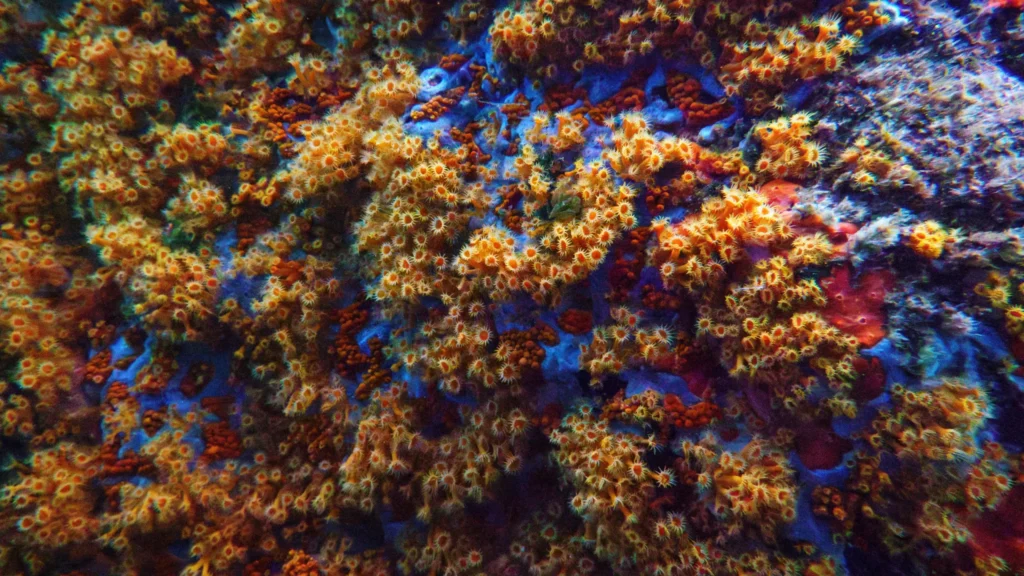
Yet the progress in Nice demonstrates that when countries are motivated and held accountable, meaningful cooperation is still possible. The Nice Ocean Action Plan, passed at the final meeting, summarized dozens of commitments from countries to implement and enforce marine protections.
“The ocean is a single biome. It’s all connected—so we must strengthen international law and collective action,” said a legal advisor from the international delegation.
Mapping the Road Ahead: What Comes Next?
While progress at the conference was substantial, the real test will come in implementation. Ratifying treaties and signing declarations are first steps. Enforcing them, allocating funding, and building local capacity are where many well-intentioned efforts fall short.
Key priorities include:
- Bringing the High Seas Treaty fully into force
- Closing gaps in plastic regulation
- Pressuring non-participants like Russia to reconsider ocean policies
- Supporting developing nations with climate finance
- Increasing scientific research into seabed ecosystems
The Growing Role of Science and Technology
Technological innovation is also expected to play a major role in the coming years. Satellite tracking, AI-powered ocean monitoring, and underwater drones are already helping combat IUU fishing and detect early signs of coral stress.
“Transparency tools give us a new edge in enforcing marine laws,” said Tony Long, CEO of Global Fishing Watch.
By integrating real-time data, countries can respond faster to violations and more accurately assess the health of marine protected areas.
Public Engagement and Youth Voices
A critical success factor going forward will be public support. Youth activists, indigenous leaders, and local communities are increasingly shaping the narrative. At the UN Ocean Conference marine life forums, several young ocean campaigners presented bold visions and demanded accountability from world leaders.
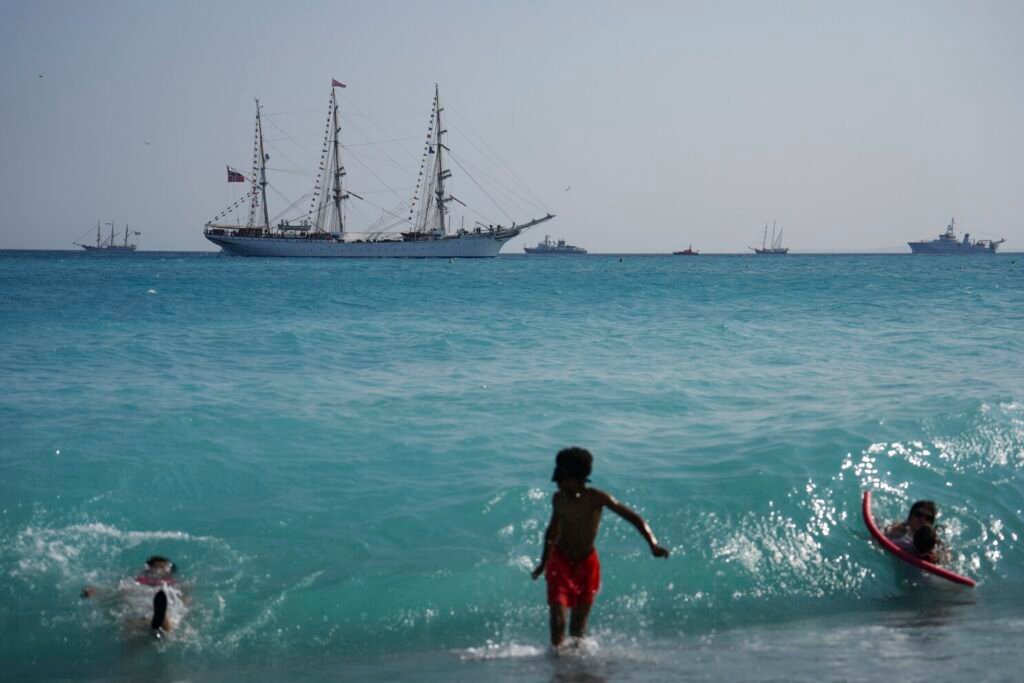
Social media, educational outreach, and inclusive policy-making will be vital to sustaining the momentum built in Nice.
A Fragile but Promising Turning Point
The 2025 UN Ocean Conference in Nice offered more than just optimism—it delivered concrete progress. From expanded marine protected areas to breakthroughs on plastic and fishing treaties, the summit renewed hope that global cooperation can protect one of Earth’s most vital systems.
But this glimmer of hope must be followed by relentless commitment, innovation, and inclusivity. The future of our oceans—and the life they sustain—depends on it.




